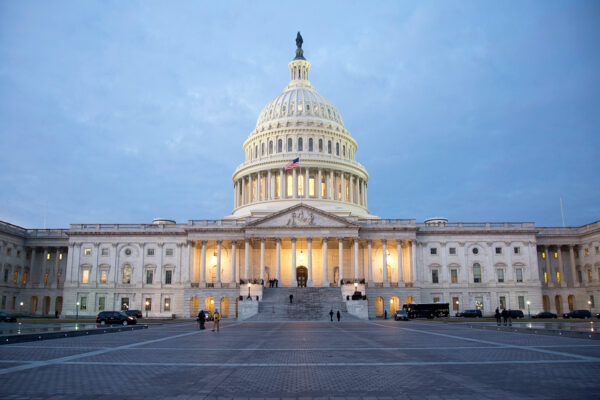
Ronald Brownstein reports for CNN that the congressional elections in November are likely to deepen the divide between “blue” and “red” America:
Democrats seem likely to emerge … with a clear upper hand in highly urbanized House seats that are racially and religiously diverse, disproportionately white-collar and secular and connected to the globalized information economy. Republicans, in turn, could remain dominant in districts outside of urban centers that are preponderantly white, heavily blue-collar, more religiously traditional and reliant on manufacturing, agriculture and resource extraction.
Challenges for both parties
- Democrats have a majority nationwide, but the voting system punishes their concentration of voters in cities and coastal states. They need more support in Middle America.
- Republicans can rule as a minority, but only for so long. If they fail to appeal to more nonwhite, college-educated, women and young voters, their luck will at some point run out.
Realignment
Regular readers will be familiar with these trends. Brownstein mentions the possibility of a “realignment”. I have previously argued that the sorting of American voters along educational, geographical and racial lines portends a realignment of the two-party system in which the Democrats become the party of the affluent and the optimistic and the Republicans a coalition of the left behind.
Just as 2010 triggered an extended period of Republican advantage in small-town and rural districts, 2018 could do the same for Democrats in white-collar seats inside the largest metropolitan areas.
Suburbs
The suburbs will cast the deciding votes. There, Donald Trump is less popular than Republican president among college-educated white voters, especially women.
The suburban Republicans in 2018, like the small-town Democrats in 2010, are standing on floorboards of support that have been rotting for years — and may not be able to survive the added weight of hardening discontent with a president from their party.
This is something else I’ve argued: the white working class gets all the attention, but one can also make the case it were middle-income suburbanites who decided the 2016 election. White voters in Rust Belt states like Pennsylvania and Wisconsin switched to Trump, but not enough white voters in Sun Belt states like Florida and North Carolina switched to Hillary Clinton to make up the difference.
That could still happen this year.
